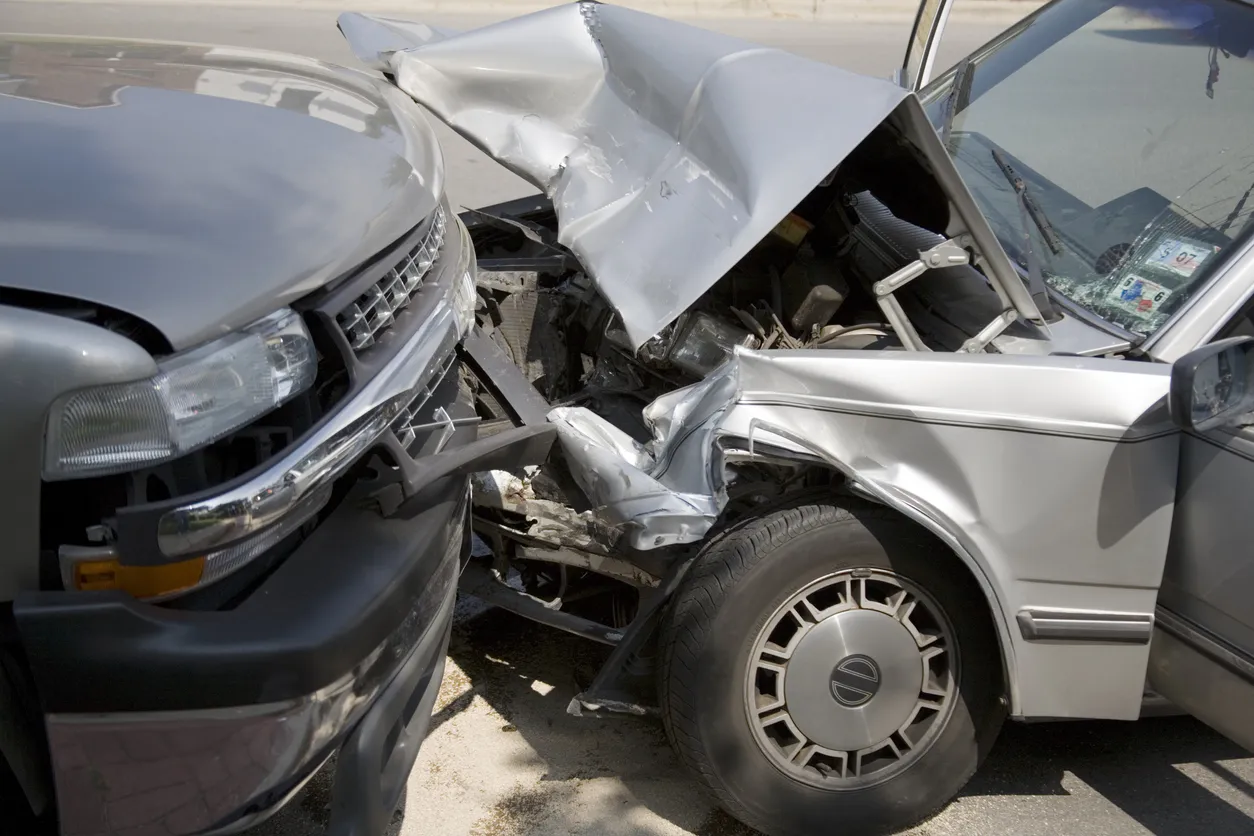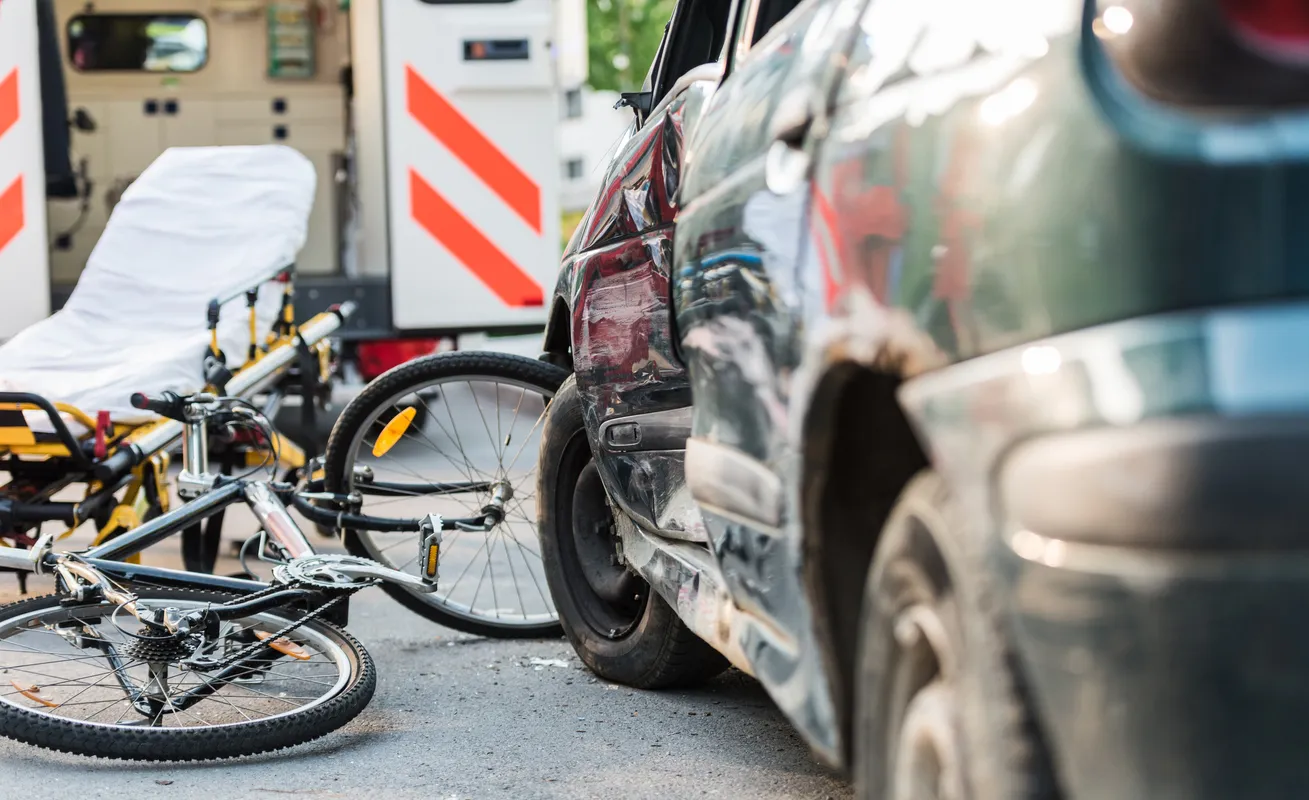Car Crashes in the US: Types and Statistics

In the United States, car accidents are a big problem because of the wide variety of effects they may have on not just the individuals involved but also their families, friends, and communities. To thoroughly comprehend the true extent of this problem, it is important to explore the many types of vehicle accidents that take place on American roadways as well as the statistics that illustrate their prevalence and effects. In addition, it can be helpful to examine some potentially useful strategies to reverse these damaging trends. Let’s begin by taking a closer look at the various types of car accidents that occur on our roadways.
Rear Collisions
Rear-end collisions are one of the most typical kinds of auto accidents. These collisions happen when a car impacts another from behind, frequently as a result of tailgating, inattentive driving, or abrupt stops. Almost 32% of all auto accidents in the US in 2019 involved a rear-end collision, according to the National Highway Traffic Safety Administration (NHTSA). While some of these collisions only produce minor injuries, others can be fairly catastrophic, particularly if the impact is forceful enough to result in whiplash.
T-bone Accidents
T-bone collisions, often referred to as side-impact collisions, happen when the front of one car impacts the side of the secondary vehicle, frequently at junctions or when one vehicle doesn't yield to oncoming traffic. Driver error, excessive speed, or intoxicated driving are common causes of side-impact collisions. The NHTSA estimates that in 2019, these collisions made up around 23% of all vehicle collisions, and that number is only rising since. Passengers on the impact side of the involved vehicle may face increased risks in side-impact collisions, especially if the impact is powerful enough to flip the vehicle over.

Head-On Collisions
A head-on collision occurs when two vehicles traveling in opposite directions collide with each other. These collisions frequently occur on two-lane highways when a motorist crosses the center line or loses control of their car. The most lethal sorts of automobile accidents are head-on collisions, which frequently cause fatalities or serious injuries. Almost 10% of all automobile accidents in 2019 were head-on collisions, according to the NHTSA.
Single-Vehicle Accidents
Single-vehicle collisions happen when a car rolls over or collides with anything, such as a tree or a railing. Several things, such as driving mistakes, speeding, or bad weather, might result in these kinds of collisions. According to the NHTSA, single-vehicle incidents made up about 15% of all auto accidents in 2019. While single-vehicle collisions can result in injuries of varying severity, rollover collisions are frequently quite deadly, especially if the passengers are not restrained in their seats.
Multiple-vehicle Collisions
Multi-vehicle collisions, as the name implies, occur when three or more vehicles collide. When traffic is moving quickly on roads or interstates, these kinds of collisions frequently occur. Driver error, bad weather, or poor road conditions are just a few of the many potential causes of multi-vehicle collisions. The NHTSA estimates that in 2019, multi-vehicle incidents made up around 24% of all auto accidents. These collisions can be highly fatal, especially if fast-moving automobiles are involved.
Pedestrian and Cyclist Accidents
It's important to remember that pedestrians and cyclists are also at risk on American roadways. According to the NHTSA, there were 846 cyclists and 6,205 pedestrians killed in car accidents in the US in 2019. Several things, including driver mistakes, intoxicated driving, and poor visibility, might contribute to these incidents.

Accident Numbers Are Consistently Rising
After going through some of the most typical types of vehicle collisions as well as the data that illustrate their occurrence and effects, it's time to take a broader view of this unsettling reality. The number of fatalities in vehicle accidents in the US each year is one of the most shocking numbers. The NHTSA reports that 38,680 people lost their lives in car accidents in 2019. This works out to almost 106 fatalities daily on average. Although this number is down 2% from the previous year, it nevertheless emphasizes the catastrophic effects that vehicle accidents may have on American society.
It's also important to note that, in addition to the number of fatalities, automobile accidents cause a sizable number of injuries every year. The NHTSA reports that 4.4 million individuals were hurt in car accidents in 2019. While many of these wounds are just minor, some others can drastically alter the victim’s life.
The sheer volume of automobiles on the road is one of the reasons why car accidents are so common in the US. In 2020, the US will have more than 284 million registered automobiles, according to the Federal Highway Administration. Because there are so many automobiles and trucks on the road, accidents frequently happen. How many vehicle accidents truly occur in the US every day, then? The NHTSA reports that 6,205,000 collisions involving police were registered in 2019. It amounts to over 17,000 collisions daily on average. The real number of crashes may perhaps be much greater because not all collisions are reported to the police.
Can Anything Be Done?
So what can be done to lower the number of automobile accidents in the US? A few tactics have been shown to be successful in lowering the likelihood of collisions and the severity of injuries when they do happen. One of the most crucial is to promote safe driving practices, such as steering clear of distractions, keeping a safe following distance, and observing traffic regulations. Investing in lane departure warning systems, adaptive cruise control, and other lane-departure prevention technologies are other useful tactics.

Together with these strategies, it's crucial to take into account how vehicle accidents affect the people involved and their loved ones. The physical, emotional, and financial toll for people who are hurt or killed in collisions may be high. The effect on their loved ones may be just as severe, with many families finding it difficult to deal with the fallout from such tragedies.
Consider the Effects of Collisions on Vehicles
There is no doubt that vehicle accidents are a serious issue in the US, where tens of thousands of people die each year. While some collisions are just marginally detrimental to the persons involved and their loved ones, others can be disastrous. We can endeavor to lower the frequency of collisions and make American roads safer for everyone by adopting measures to promote defensive driving practices, make investments in safety technologies, and provide assistance to individuals who are impacted by collisions.
It is also essential to keep in mind that when you are buying a vehicle, it may have been in an accident before you bought it. Let the experts here at GoodCar help you get peace of mind by running a vehicle history report so you can be sure you know the condition of the vehicle you are buying!
FREE Vehicle Search
- Accidents
- Problem Checks
- Title Records
- Recalls
- Values
- Specs
-
InfoPay, Inc. (dba GoodCar) is an Approved NMVTIS Data Provider
-
-

















































